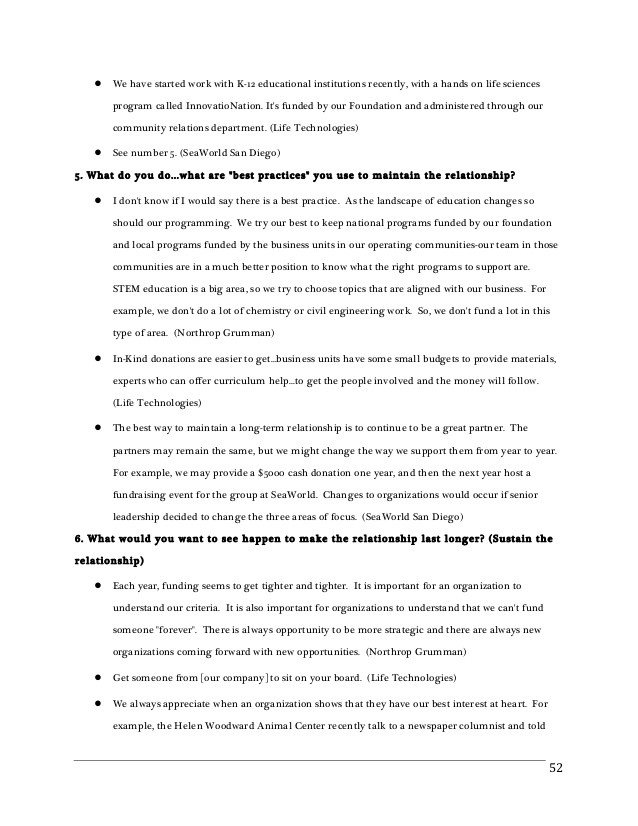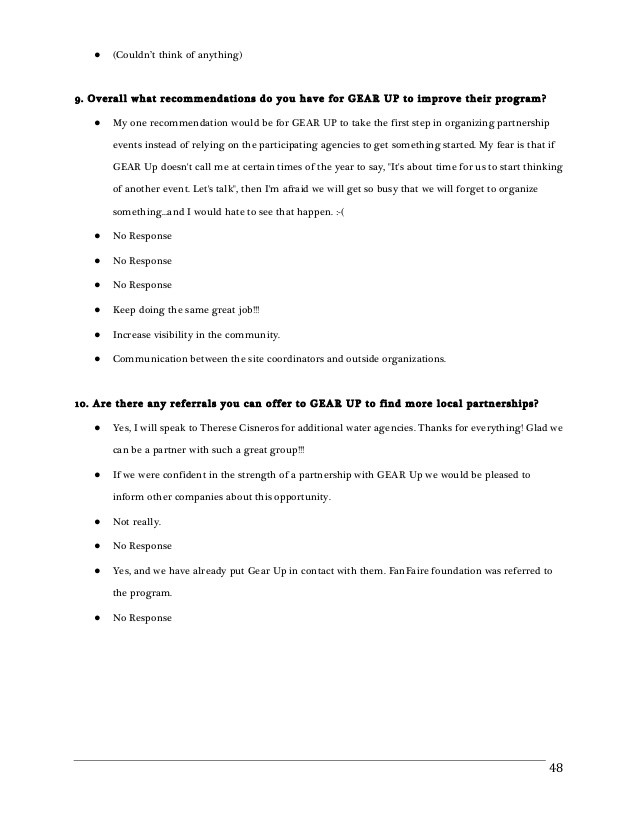Comprehensive Income Macias Gini O Connell LLP
Post on: 18 Август, 2015 No Comment

Featured Articles
Comprehensive Income
Executive Summary
The Financial Accounting Standards Board (FASB) recently released a new standard to narrow the options that are available for reporting financial performance. 1 While the rules for determining net income and earnings per share (EPS) remain unchanged, the items reported below net income that make up other comprehensive income (OCI), including pension adjustments and changes in the fair value of some marketable securities, may no longer be presented in a statement of changes in stockholders equity. Many companies have used this presentation in the past, but now all companies will be limited to the two remaining options: presenting net income and OCI in a single, continuous statement of comprehensive income, or presenting two separate but consecutive statements of net income, and then comprehensive income. The changes take effect in 2012 for public and private companies, and the new requirements must be applied retrospectively for all periods presented.
Background
In May 2010, the FASB and International Accounting Standards Board (IASB) both released exposure documents that would have required all companies to present comprehensive income in a single, continuous statement. The FASBs proposal would have eliminated two of three of the options that currently exist in Generally Accepted Accounting Principles (US GAAP). 2
One of the FASBs primary interests throughout the project was to emphasize OCI as a performance measure, in part because the FASB expects more activity to be recorded in OCI as a result of its separate project on financial instruments. Ultimately, the FASB concluded the prominence of OCI could be sufficiently increased by eliminating the option to present OCI in the statement of changes in stockholders equity. The FASB reasoned that the difference between the remaining two options of one or two statements is minimal and would not significantly impact comparability for financial statement users. The FASB also observed the option to choose one or two statements improves convergence with IFRS, which provides the same choice. However, differences continue to exist between US GAAP and IFRS regarding the items to be recorded in OCI and when, or if, they should be reclassified from OCI to net income.
Scope
The new standard applies to all entities that provide a full set of financial statements that report financial position, results of operations, and cash flows. It also applies to investment companies, defined benefit pension plans, and other employee benefit plans that are exempt from the requirements to provide a statement of cash flows. It does not affect entities that have no OCI in any period presented or not-for-profit entities.
Key Provisions
Without the option to present OCI in the statement of changes in stockholders equity, companies must now choose between the onestatement and two-statement approach.
A company that elects the one-statement approach will present:
- Total net income, together with the components that make up net income,
- Total OCI, together with the components that make up OCI, and
- Total comprehensive income, i.e. the sum of net income and OCI.

A company choosing the two-statement approach will present:
- Components of and the total for net income in the statement of net income, and
- Components of and the total for OCI, as well as a total for comprehensive income in the statement of OCI, which must be presented immediately after the statement of net income.
Companies that use the two-statement approach will have the option to begin the second statement with or without net income. The FASB decided not to require companies to present net income at the beginning of the statement of OCI because the total could be carried over from the previous statement if needed, emphasizing the interdependence between the two statements.
Other Provisions
- Tax effects Companies will still have the option to show components of OCI either net of the related tax effects or before related tax effects with one amount shown for the aggregate tax effect. Accordingly, the tax effect allocated to each component of OCI may be presented in the primary statement in which OCI is reported or disclosed in the footnotes.
- R eclassification adjustments Also known as recycling, companies will be required to display reclassification adjustments and their effect on net income and OCI in the statement(s) in which the adjustments appear. This applies to either approach, and it will no longer be acceptable to show reclassification adjustments in the footnotes.
- Accumulated OCI Companies will also have an option to present on the face of the financial statements or to disclose in a separate footnote the changes in the accumulated balances of OCI for each component of OCI. While companies have historically reported such accumulated balances of OCI, the requirement to report current period activity (i.e. the changes in) the accumulated balances is new.
- Noncontrolling interests The new standard does not change the requirement to present in the financial statements, if applicable, both net income and comprehensive income attributable to the parent and any noncontrolling interest.
Effective Date and Transition
For public companies, the new standard is effective for fiscal years and interim periods within those years beginning after December 15, 2011. For nonpublic companies, it is effective for fiscal years ending after December 15, 2012, and interim and annual periods thereafter. Early adoption is permitted, since the one-statement and two-statement approaches are both already available under US GAAP.














